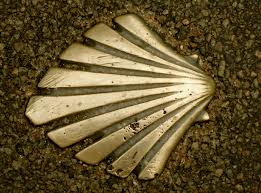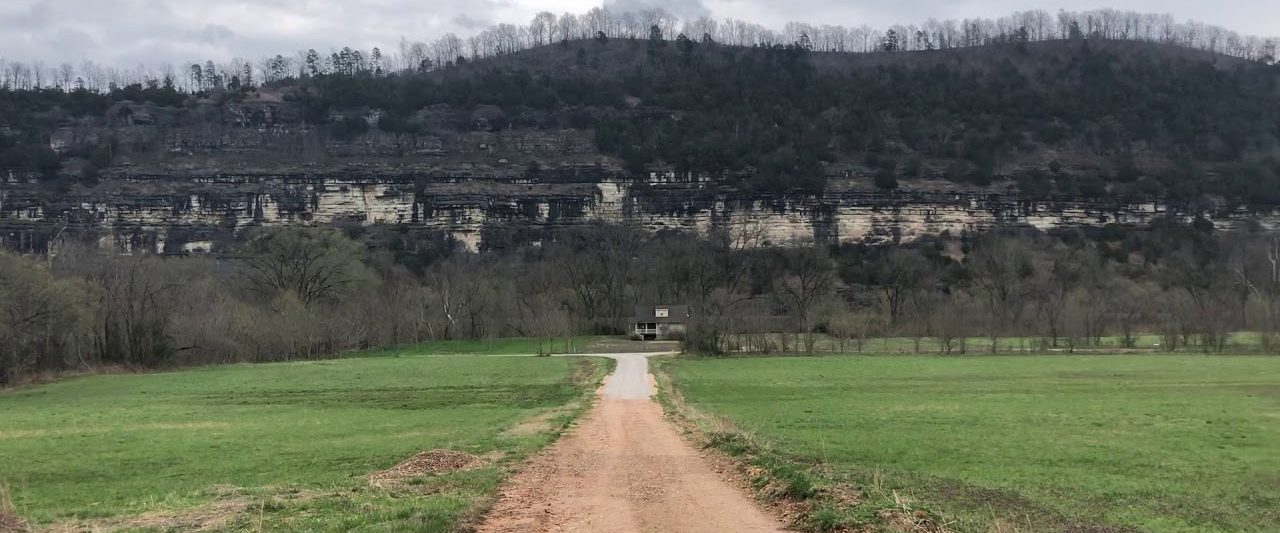
“I love to sail forbidden seas, and land on barbarous coasts.” ~ Herman Melville
February 10, 2013.
My 47th birthday. Oh, the humanity.
I’ve almost always given birthday presents to myself. Over the years, sometimes I’d show others what I’d given myself. Other times, I’d keep it private.
The most special gifts I’ve given myself are challenges, or commitments that I’d make for the sake of nothing more than the personal satisfaction of facing the challenge itself.
On my 38th birthday, I challenged myself to run a marathon before I was 40. I did three. More recently I proclaimed I’d be a published author by the end of 2012. Still working on that one. But it will come to pass.
Those who know me best, know one of the things that keeps me motivated and at my best, is when a great challenge, or adventure, lies ahead. It took me 28 years to beat my best buddy in a single round of golf, but I never quit.
In 47 years I’ve learned that adventure rarely creates itself, so today, I’ve given a birthday gift to myself.

I’ve given myself permission to plan for a new adventure.
Within the next two years (sometime before my 50th birthday) I’ll go on a great pilgrimage to walk the Way of St. James, or the Santiago de Compostela, or the Camino de Santiago, whatever you wish to call it. It’s the 500 kilometer pilgrimage to the burial place of James, brother of John.
Completing the camino should take about 75 days of steady walking.
With a little help from Wikipedia, here’s some information on the camino.
The Way of St. James was one of the most important Christian pilgrimages during medieval times, along with that of Rome and Jerusalem.
Legend holds that St. James’s remains were carried by boat from Jerusalem to northern Spain where he was buried on the site of what is now the city of Santiago de Compostela.
 The Way can take one of any number of pilgrimage routes to Santiago de Compostela. Traditionally, as with most pilgrimages, the Way of Saint James began at one’s home and ended at the pilgrimage site. However a few of the routes are considered main ones. During the Middle Ages, the route was highly traveled. However, the plague of the Black Death and political unrest in 16th-century Europe led to its decline. By the 1980s, only a few pilgrims per year arrived in Santiago. In present day, the route attracts a growing number of modern-day pilgrims from around the globe. The Way was declared the first European Cultural Route by the Council of Europe in October 1987. It was also named one of UNESCO’s World Heritage sites.
The Way can take one of any number of pilgrimage routes to Santiago de Compostela. Traditionally, as with most pilgrimages, the Way of Saint James began at one’s home and ended at the pilgrimage site. However a few of the routes are considered main ones. During the Middle Ages, the route was highly traveled. However, the plague of the Black Death and political unrest in 16th-century Europe led to its decline. By the 1980s, only a few pilgrims per year arrived in Santiago. In present day, the route attracts a growing number of modern-day pilgrims from around the globe. The Way was declared the first European Cultural Route by the Council of Europe in October 1987. It was also named one of UNESCO’s World Heritage sites.
The pilgrimage to Santiago has never ceased from the time of the discovery of St. James’ remains, though there have been years of fewer pilgrims, particularly during European wars.
***
The Christian origin of the pilgrimage has been well documented throughout the centuries.
To the End of the World
The main pilgrimage route to Santiago follows an earlier Roman trade route, which continues to the Atlantic coast of Galicia, ending at Cape Finisterre. Although it is known today that Cape Finisterre, Spain’s westernmost point, is not the westernmost point of mainland Europe, the fact that the Romans called it Finisterrae (literally the end of the world or Land’s End in Latin) indicates that they viewed it as such.
To this day, many pilgrims continue past Santiago de Compostela to finish their journeys at Cape Finisterre.
Scallop Symbol
 The scallop shell, often found on the shores in Galicia, has long been the symbol of the Camino de Santiago. Over the centuries the scallop shell has taken on mythical, metaphorical and practical meanings, even if its relevance may actually derive from the desire of pilgrims to take home a souvenir.
The scallop shell, often found on the shores in Galicia, has long been the symbol of the Camino de Santiago. Over the centuries the scallop shell has taken on mythical, metaphorical and practical meanings, even if its relevance may actually derive from the desire of pilgrims to take home a souvenir.
Two versions of the most common myth about the origin of the symbol  concern the death of St. James, who was martyred by beheading in Jerusalem in 44 AD. According to Spanish legends he had spent time preaching the gospel in Spain, but returned to Judea upon seeing a vision of the Virgin Mary on the bank of the Ebro River.
concern the death of St. James, who was martyred by beheading in Jerusalem in 44 AD. According to Spanish legends he had spent time preaching the gospel in Spain, but returned to Judea upon seeing a vision of the Virgin Mary on the bank of the Ebro River.
- Version 1: After James’ death, his disciples shipped his body to the Iberian Peninsula to be buried in what is now Santiago. Off the coast of Spain a heavy storm hit the ship, and the body was lost to the ocean. After some time, however, the body washed ashore undamaged, covered in scallops.
- Version 2: After James’ death his body was mysteriously transported by a ship with no crew back to the Iberian Peninsula to be buried in what is now Santiago. As James’ ship approached land, a wedding was taking place on the shore. The young groom was on horseback, and on seeing the ship approaching, his horse got spooked, and the horse and rider plunged into the sea. Through miraculous intervention, the horse and rider emerged from the water alive, covered in seashells.
The scallop shell also acts as a metaphor. The grooves in the shell, which come together at a single point, represent the various routes pilgrims traveled, eventually arriving at a single destination: the tomb of James in Santiago de Compostela. The shell is also a metaphor for the pilgrim. As the waves of the ocean wash scallop shells up on the shores of Galicia, God’s hand also guides the pilgrims to Santiago.
Why do I want to walk The Way? Because it’s there, and life’s too short not to. And I have no idea what the experience will bring, but I know something’s waiting.
-30-



It would be a fantastic journey I’m sure. Hope you get to realize the trip
Thank you. Planning on Summer 2014.
Happy belated Birthday!
Nice Plan for your birthday.. enjoy!!
Steve
Did you ever buld your home in Puerto Cayo and if so what are doing with it now that you are leaving Ecuador?
Larry: This blog chronicles the 8 months we went through in building our home in Ecuador, and we have some trusted caretakers and friends who are watching over our property now.
Came across this one today. You sure did do it!